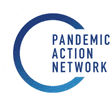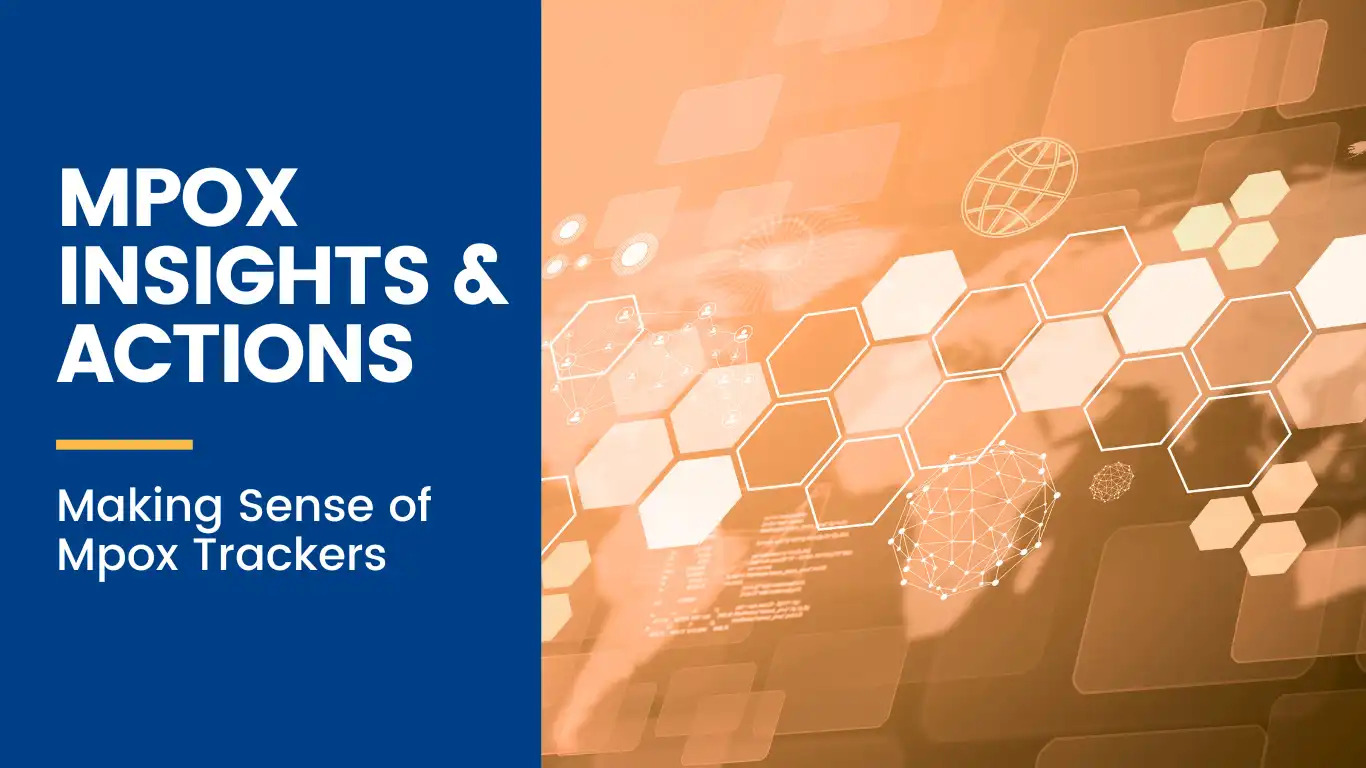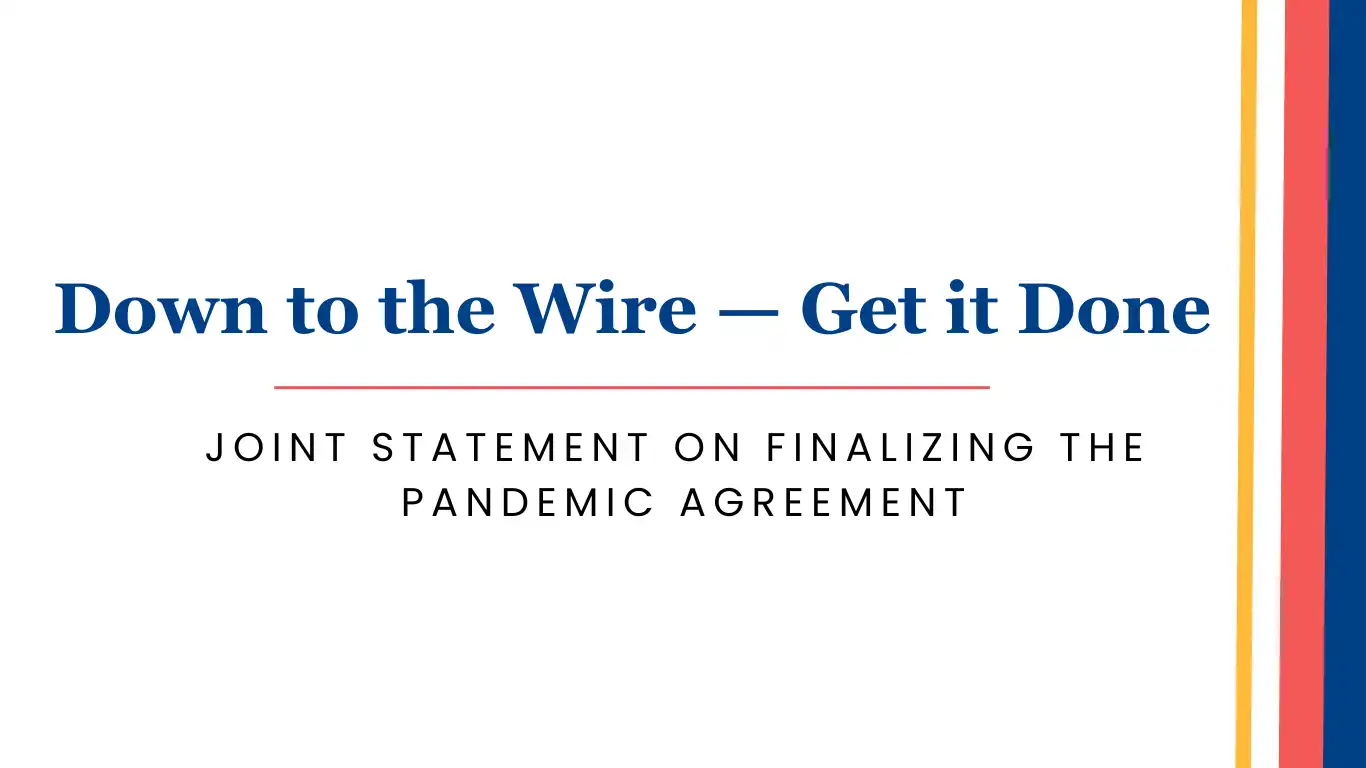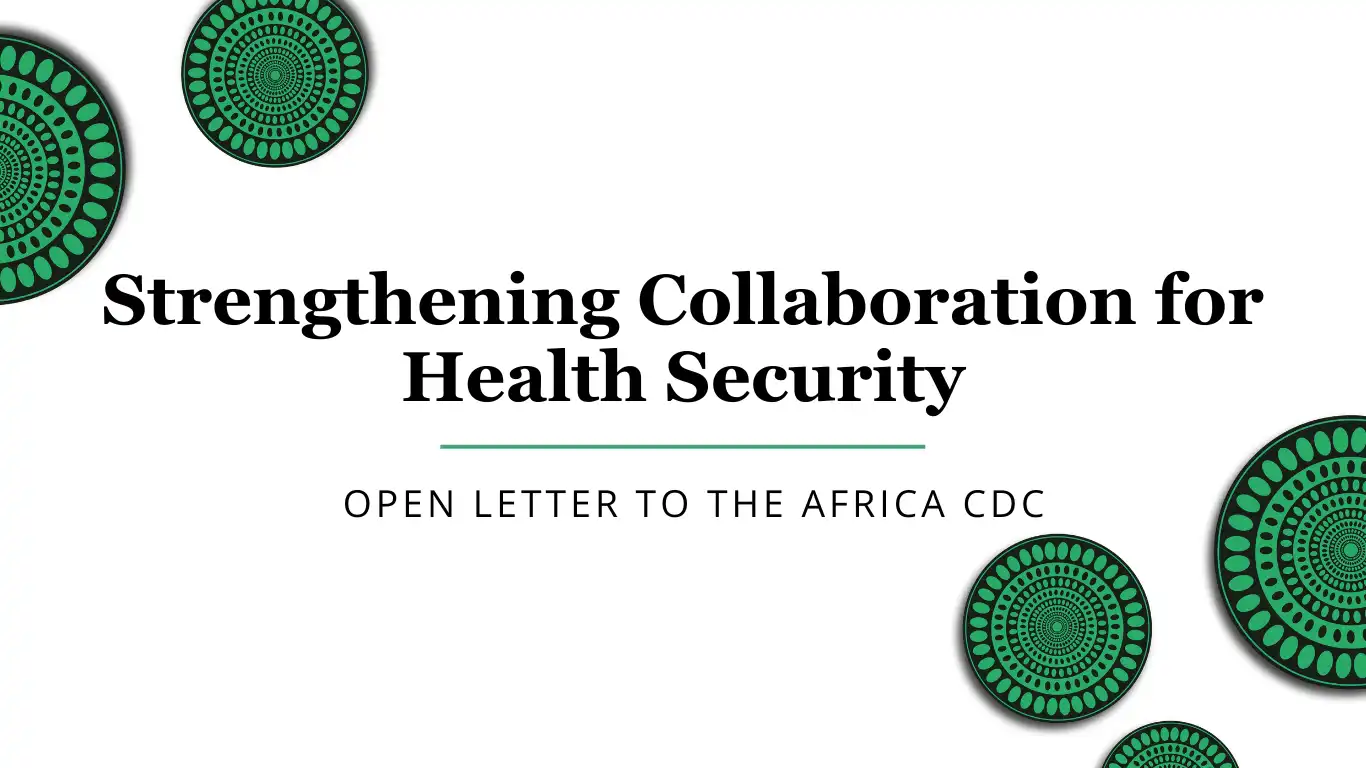Editorial Note: The following PAN analysis is current as of Oct. 16, 2024 and based on mpox tracker data from WHO — Updated Oct. 13, 2024, Think Global Health — Updated Oct. 8,2024, and IPPS — Updated Sept. 27, 2024.
Oct. 16 Situation Report
2024 Outbreak
- Mpox cases are increasing across the African continent, including within Zambia and Ghana where first cases were detected last week.
- The majority of cases — 60% of all cases — have been reported among men.
- Children under five years old continue to represent a significantly affected age group, especially in the Democratic Republic of the Congo (DRC) where they account for 28.1% of cases.
- The DRC remains the outbreak’s epicenter; confirmed cases have reached 6,169 with 25 deaths and 31,350 suspected cases.
- Burundi and Nigeria, the countries with the next highest infection levels, have not reported any deaths.
Response
- Only 5.23% of the 5.39 million vaccine doses pledged have arrived in Africa to-date.
- Vaccination campaigns started in Rwanda and the DRC, targeting frontline health workers, mpox patient’s close contacts, sex workers, and immunocompromised individuals.
- The DRC vaccination campaign is focused on 11 of the most affected zones in Equateur, North Kivu, Sankuru, South Kivu, Sud-Ubangi, and Tshopo provinces.
- The MVA-BN vaccine remains the only vaccine approved by the WHO for mpox. On Oct. 8, 2024, WHO granted prequalification for extending the vaccine’s use from individuals 18 and up to also include those aged 12 to 17 years.
- No therapeutics have received WHO approval, though clinical trials for the drug tecovirimat are currently in progress.
- Mpox testing remains challenging due to cost and access to PCR tests. The Emergency Use Listing (EUL) for the Alinity m MPXV assay (Oct. 3) is an encouraging step toward expanding diagnostic capacity and access. As of Oct. 10, WHO is in the process of reviewing four requests for diagnostic manufacturing approvals related to mpox.
Analysis
Mpox continues to spread in Africa highlighting that despite increased response coordination efforts the outbreak remains uncontained. Reported deaths are relatively low, suggesting more mild infections, but continued challenges accessing diagnostics may mask true case counts. Action is still needed to help detect and prevent mpox spread in communities, requiring up-leveled efforts to increase availability and use of diagnostics, support enhanced sanitation and hygiene practices, and bolster communications efforts that work with communities most at risk of infection.
Progress to advance new mpox countermeasures, while promising, remains slow and highlights the challenges of developing, testing, and approving new countermeasures during an active emergency. Continued efforts to advance emergency use authorities for new diagnostics, therapeutics, and vaccines are vital to get tools to all people who need them most efficiently, as is proactive community engagement to work with communities on best strategies for introducing novel tools for widespread uptake.
The total number of pledged vaccine donations remains a positive signal that high-income countries are paying attention to the mpox emergency. However, pledged donations are still far below the need outlined by Africa CDC, and delivery timelines are unclear. This situation reflects several ongoing and complex challenges: countries with vaccine stockpiles are uncertain about future disease trajectory and want to maintain capacity for possible domestic needs; continued uncertainty on how and where to deliver mpox vaccines, where vaccines are most needed, and who is managing allocation decisions and delivery logistics; and possible differences of opinion on total vaccine doses needed to contain the current mpox emergency in central Africa. All these challenges reaffirm that vaccine donation is not the best way to ensure an accessible, equitable, and timely response, and not the mechanism the world should rely on for public health emergencies. The global community must simultaneously solve the mpox vaccine access challenge for the current emergency — including increased and more transparent vaccine donations — and develop better systems for timely access to affordable vaccines and other countermeasures for the future.
Priority Recommendations
- Increase transparency and information-sharing on total mpox response funding, and vaccine need, access, and delivery. More timely and aggregated information is needed on mpox response funding and vaccine needs vs. donations to help drive accountability and action from donor governments, global institutions, and African countries. As coordinators of the continental and global response, Africa CDC and WHO must take steps to regularly and publicly share how mpox funding is being used and where, and what funding gaps remain. They must also regularly share information on where vaccines are most needed, where donations will go, how vaccine allocation decisions are made, and what gaps or challenges are hindering widespread vaccination to drive a more fulsome and equitable response.
- Double down on non-vaccine interventions to curb the spread of mpox in vulnerable communities. Focus and funding for the many other interventions that can help curb the spread of mpox at the community level is urgently needed. This includes increased access to diagnostics; water, sanitation, and hygiene interventions; and scaled up efforts to work with communities to understand their needs and prevent the spread of infection.
- Commitment and action to streamline novel countermeasure approval and introduction. All efforts must be taken to safely, responsibly, and equitably advance the approval and introduction of novel mpox countermeasures — especially sorely lacking diagnostics and therapeutics — and technologies designed for use in low-resource settings. This will require not only proactive communications on medical countermeasures in the pipeline and coordination to streamline Emergency Use Authorization/Emergency Use Licensing/Pre Qualification, but also proactive outreach to affected communities to build relationships, trust, and mutual understanding ahead of any rollout.



